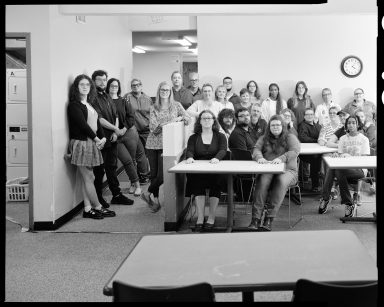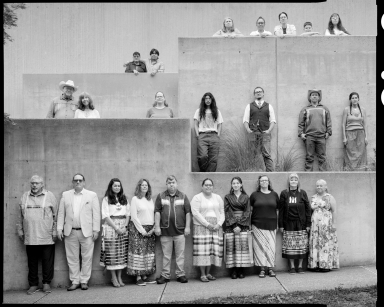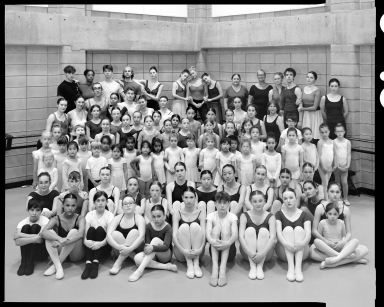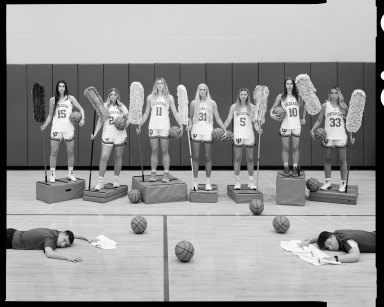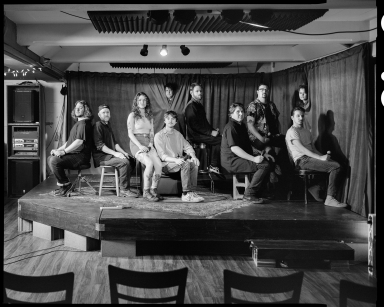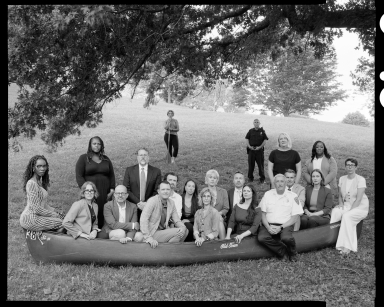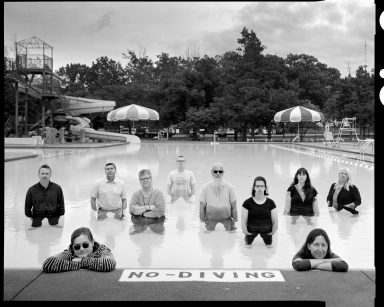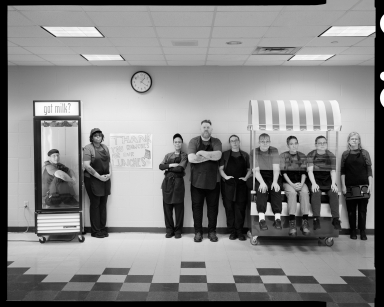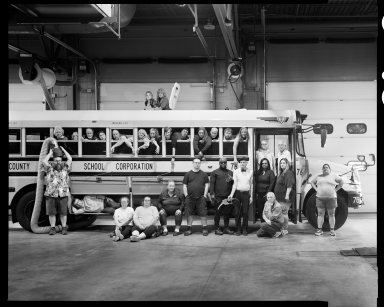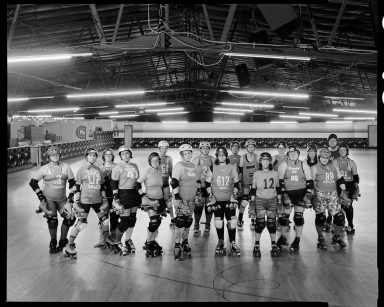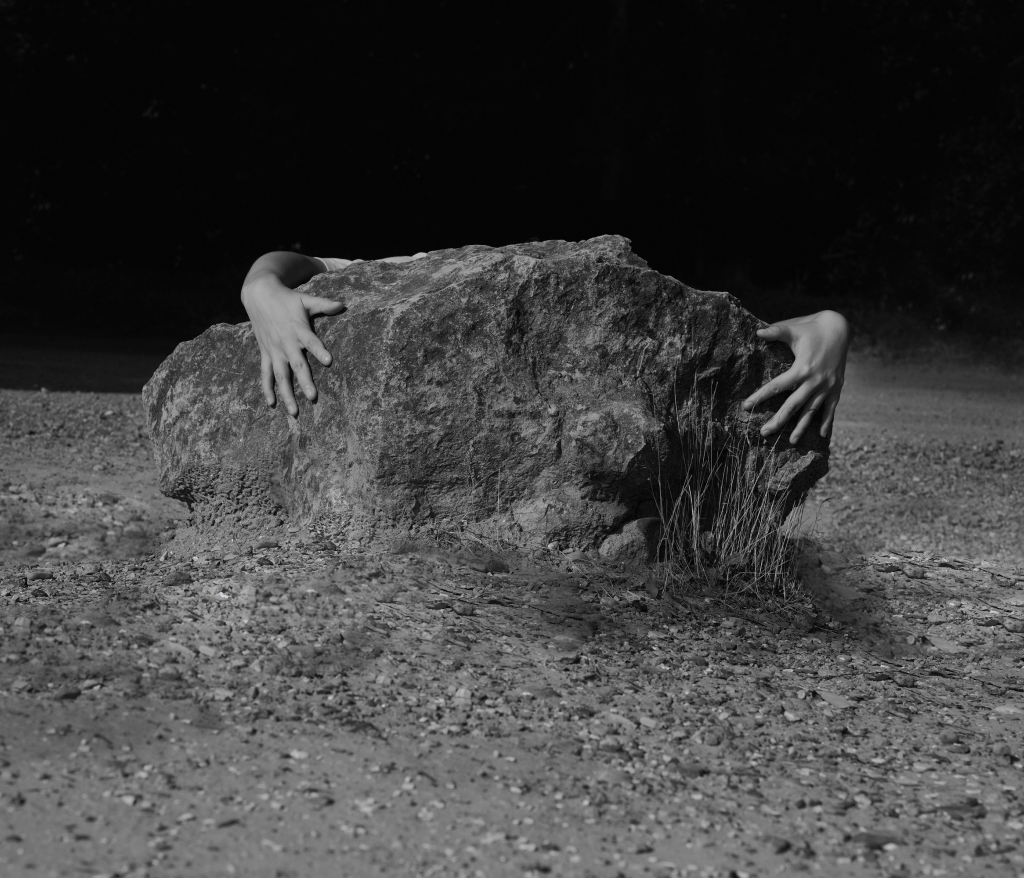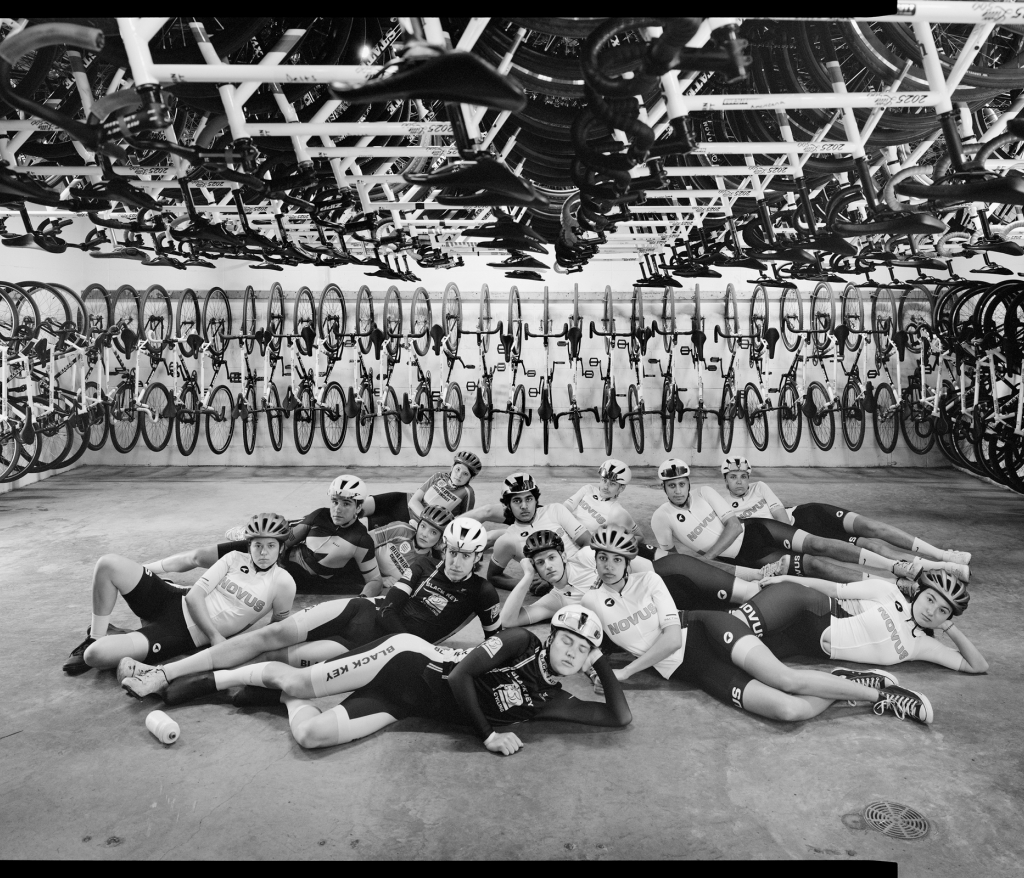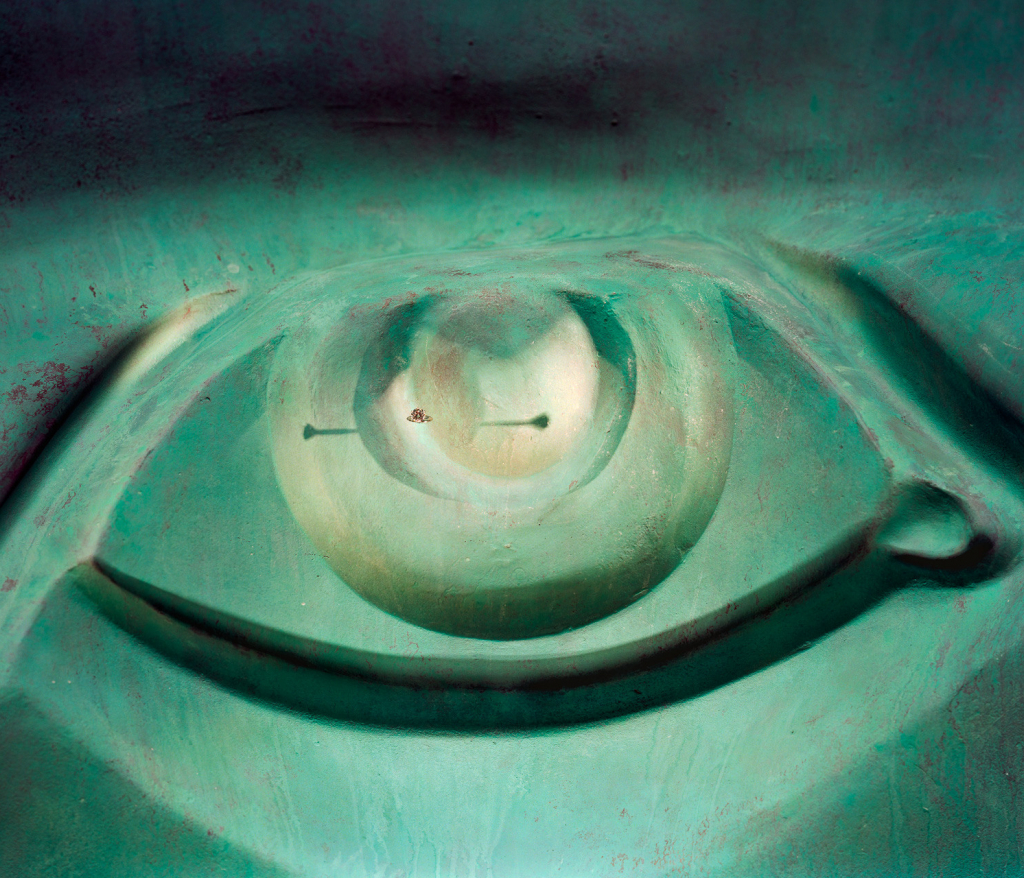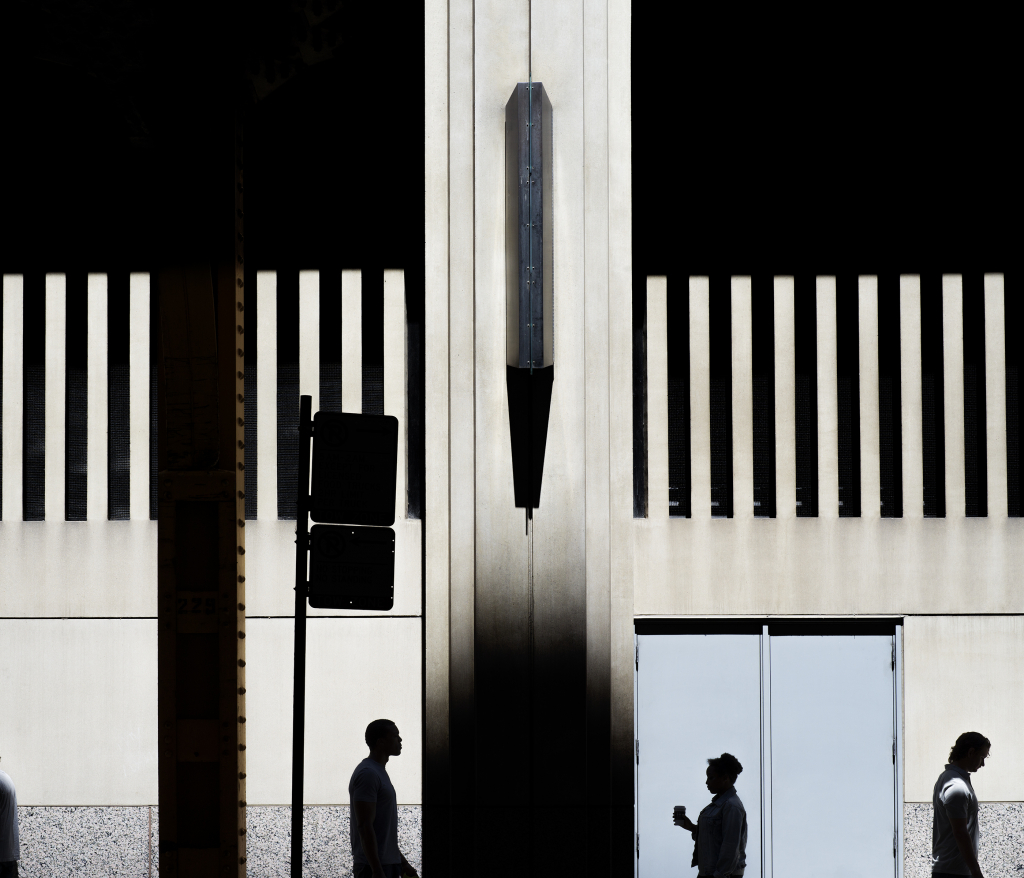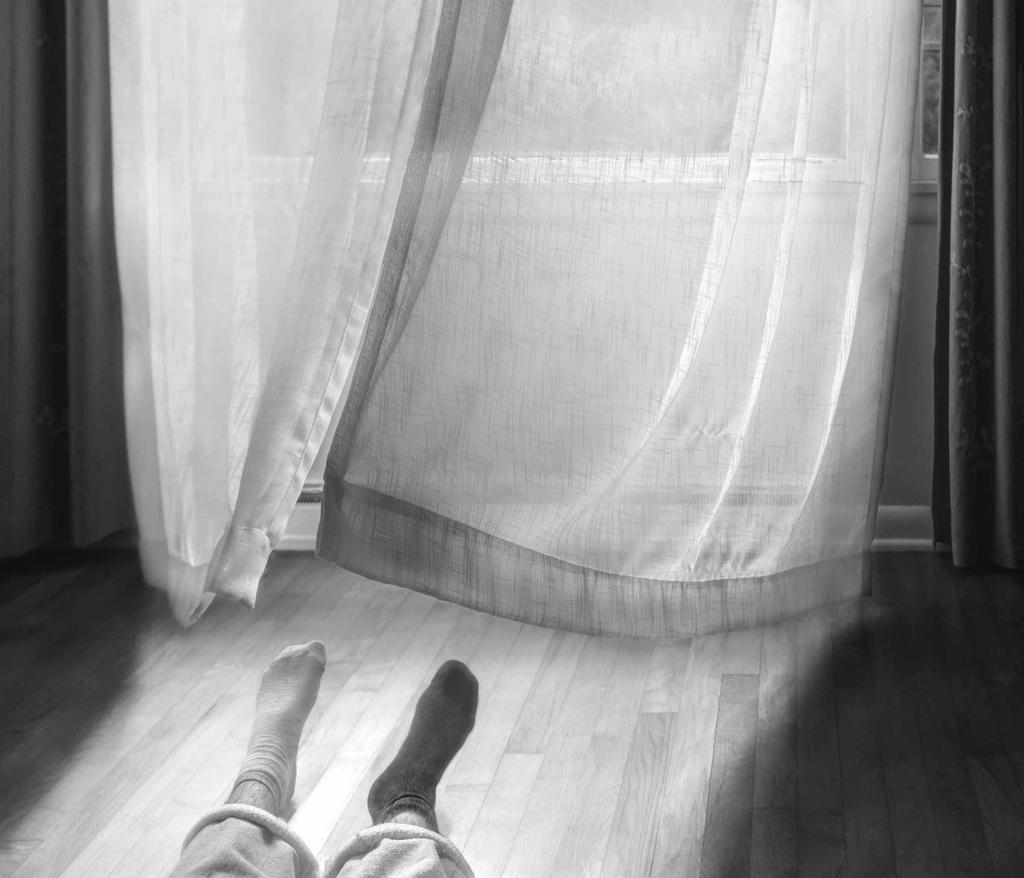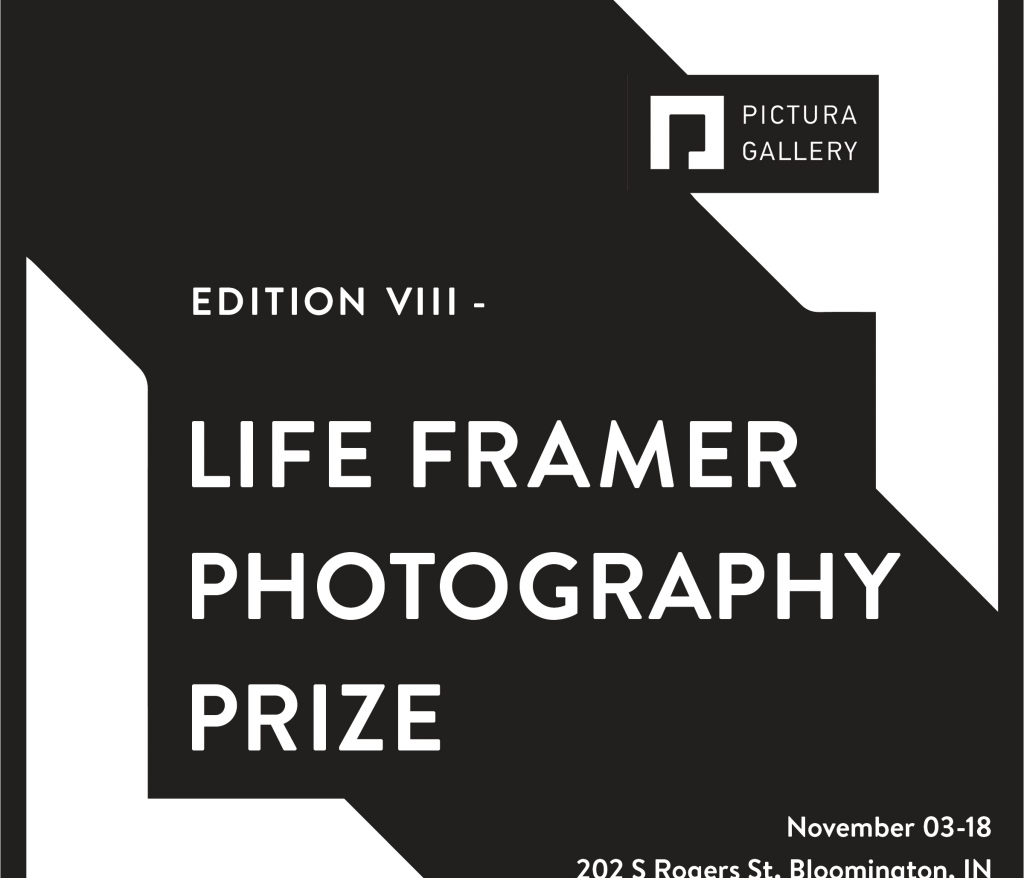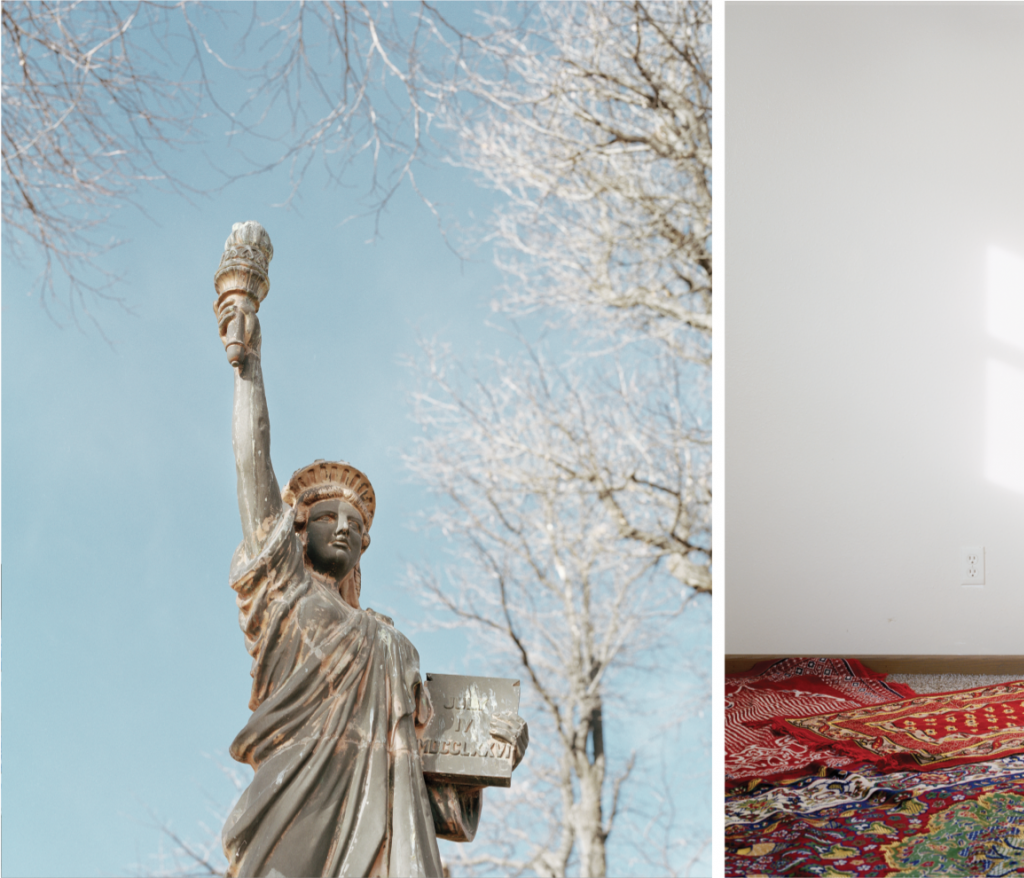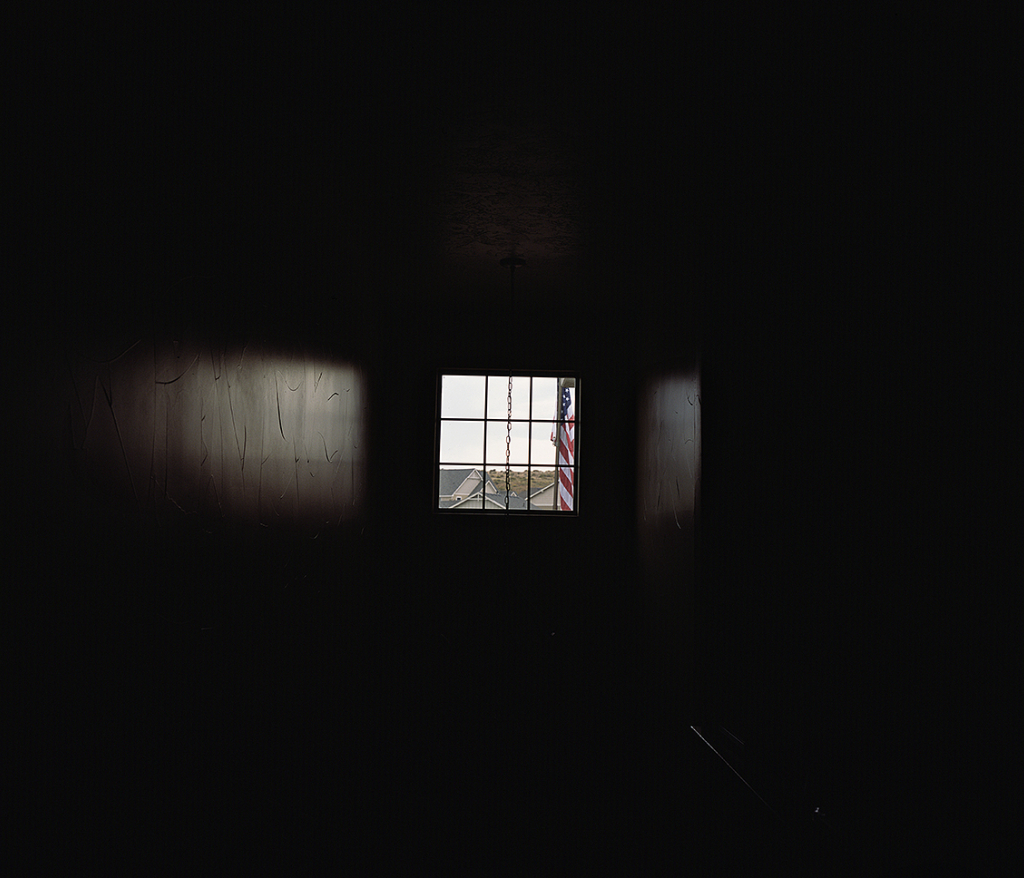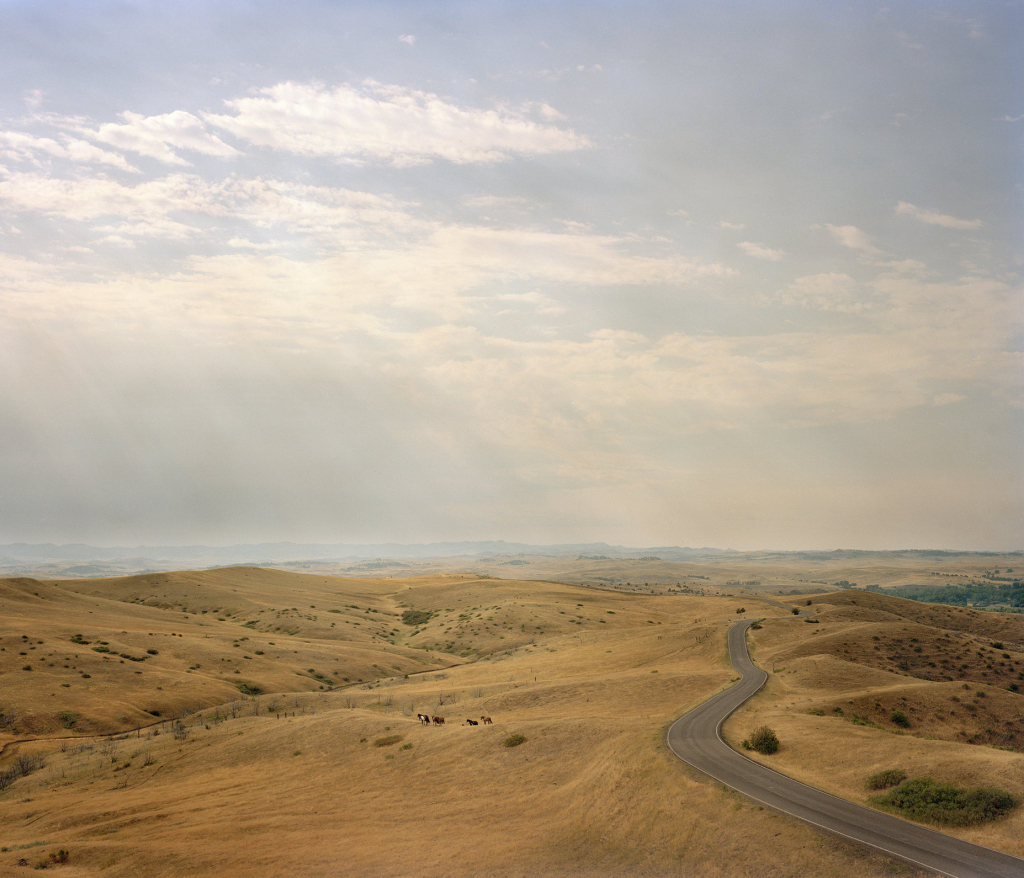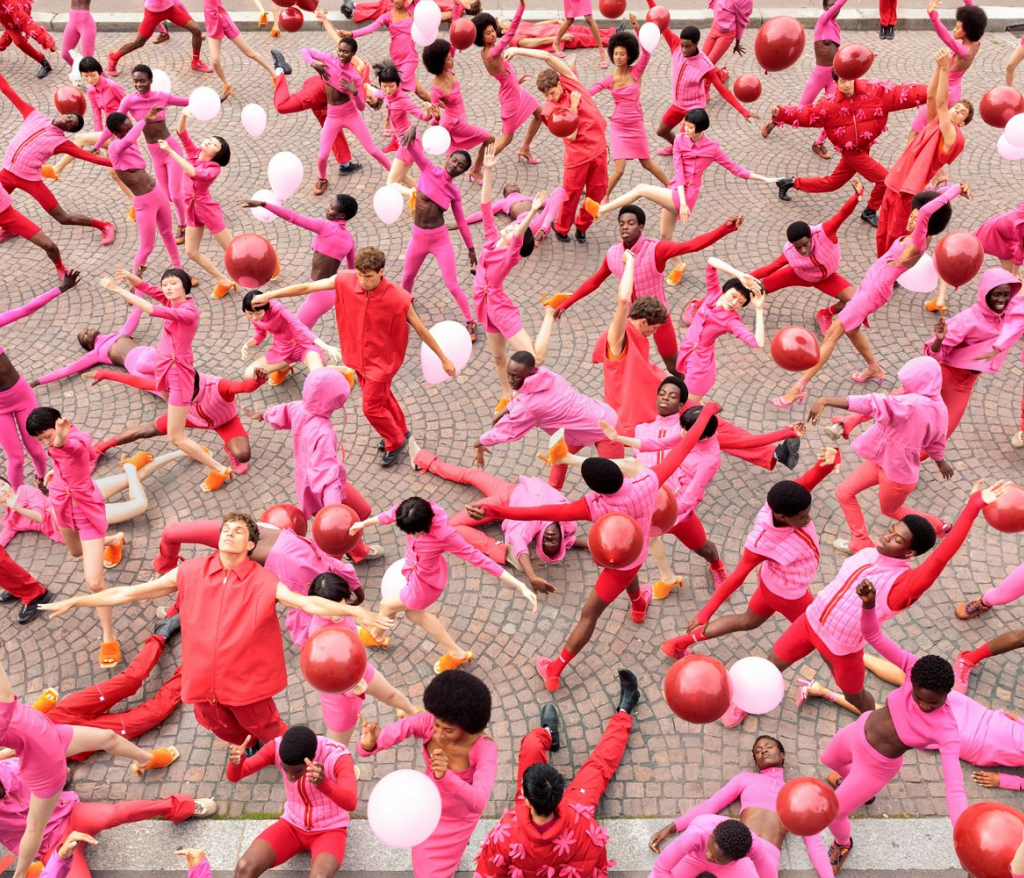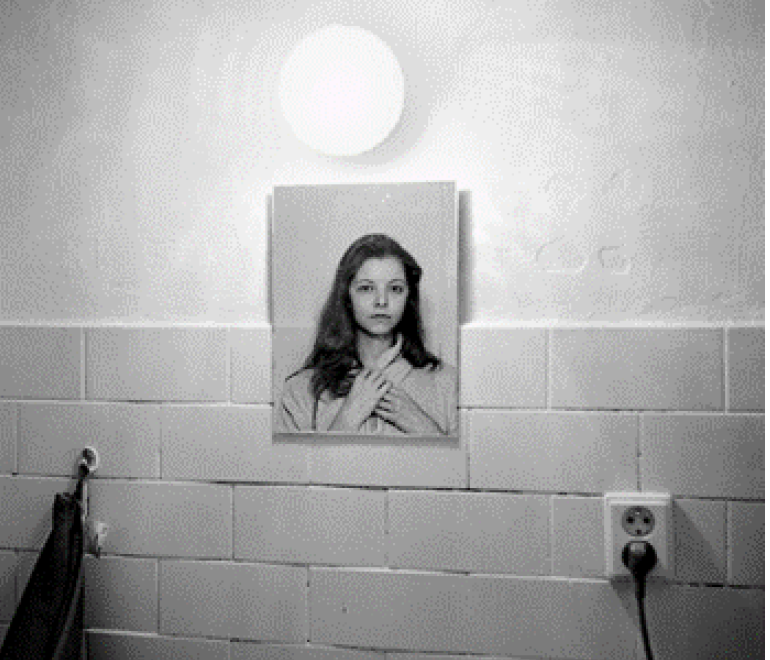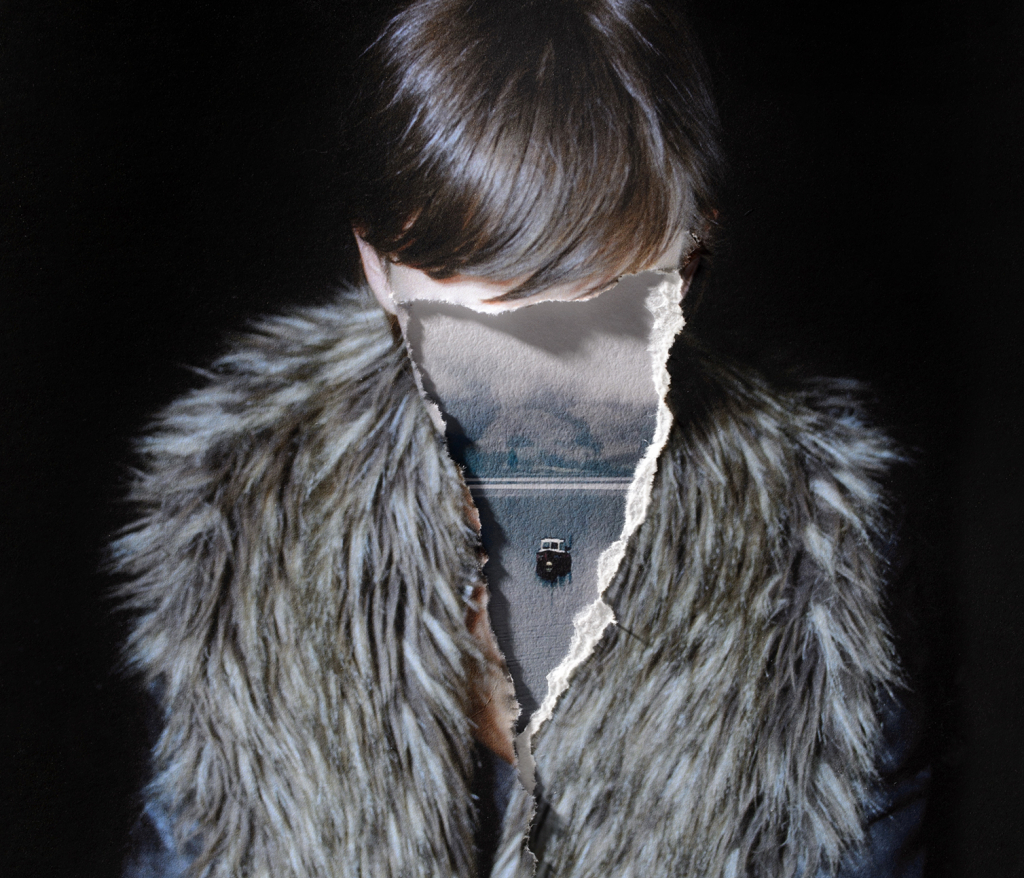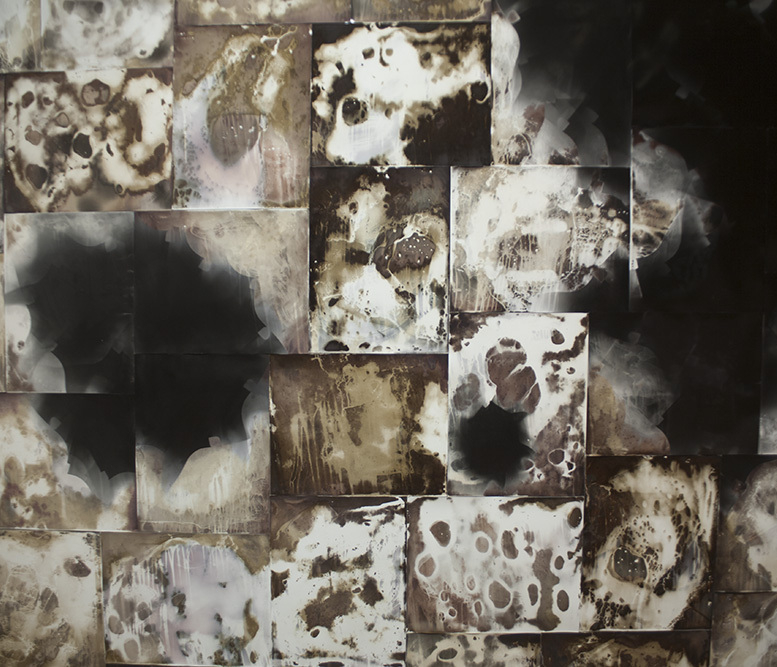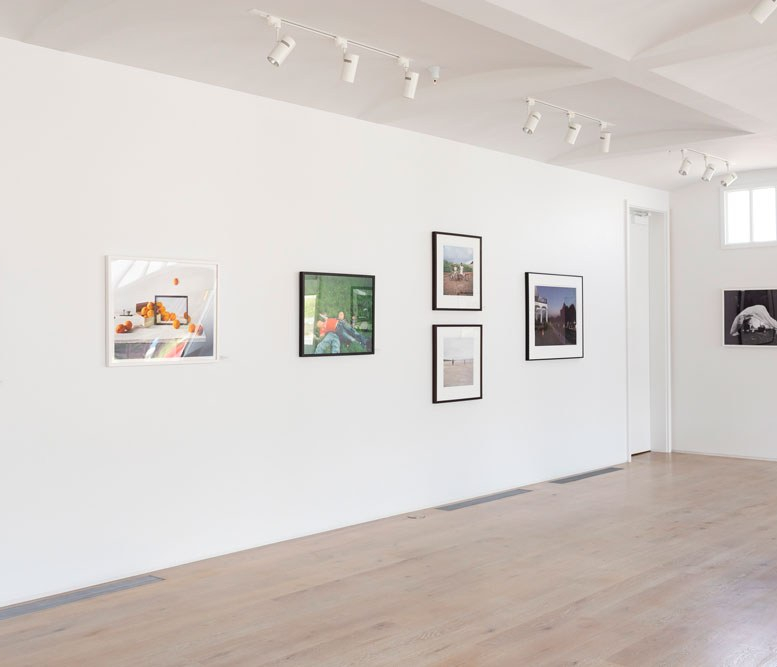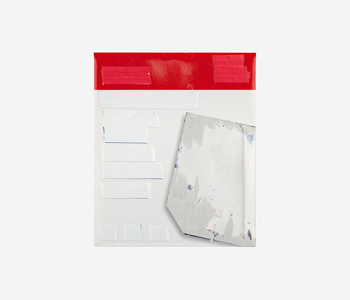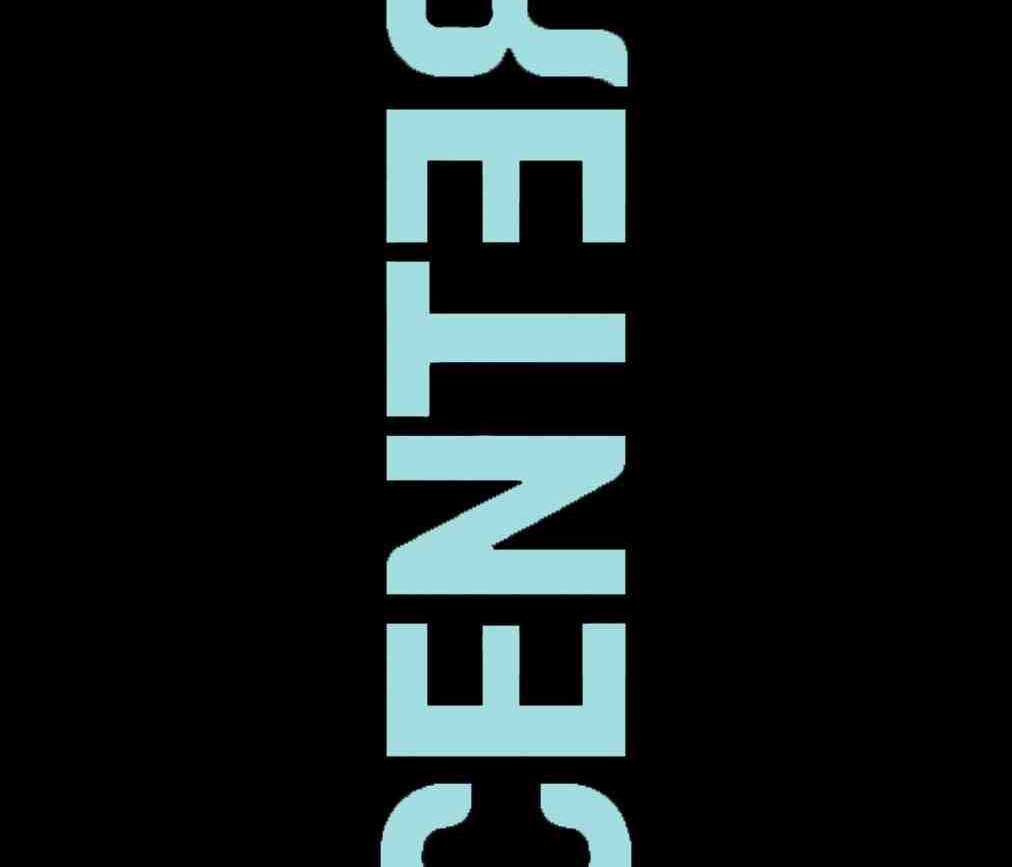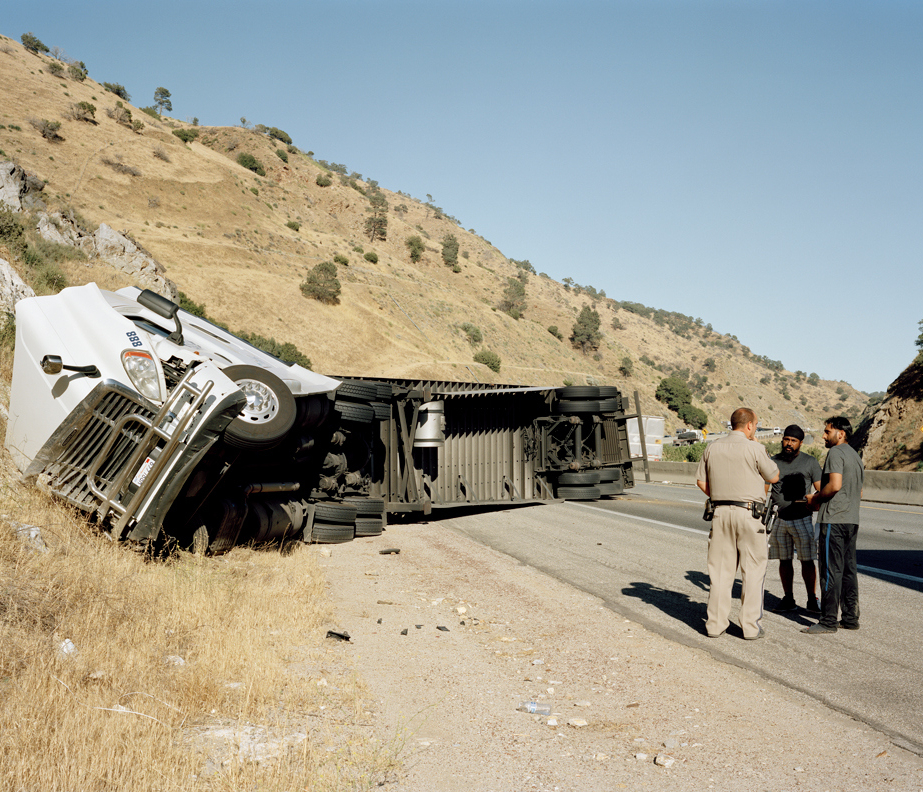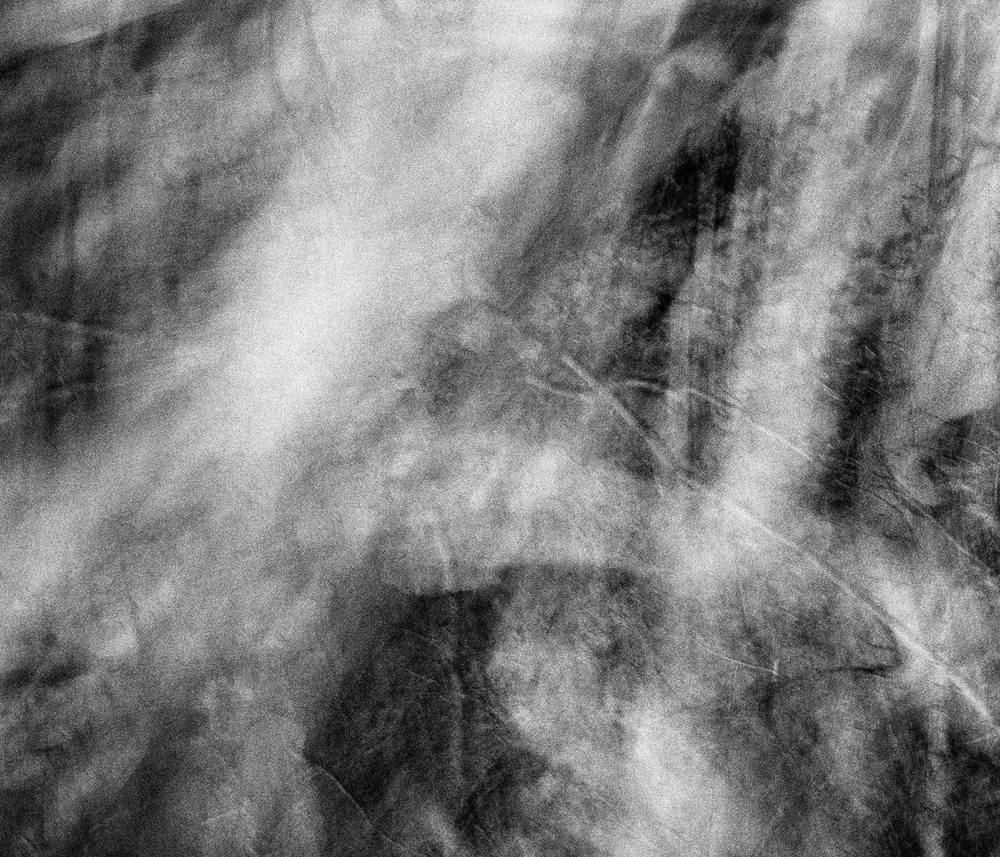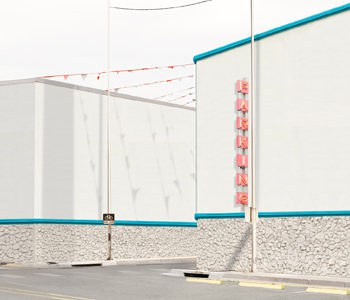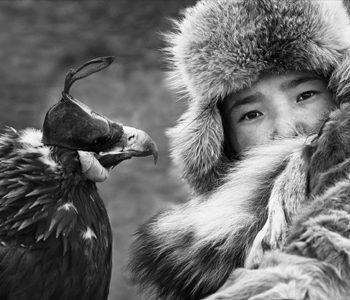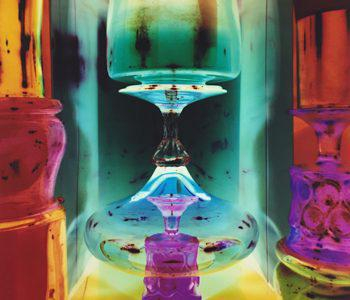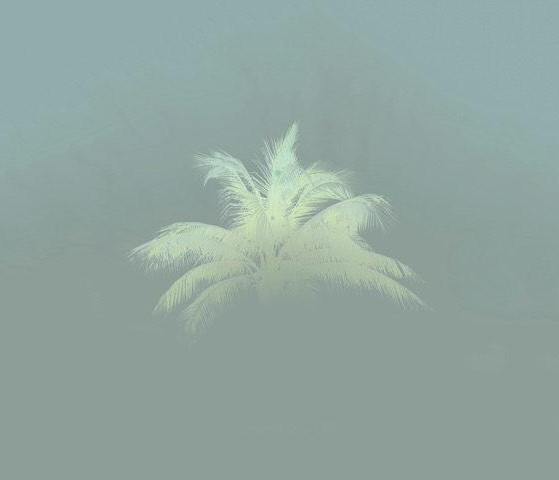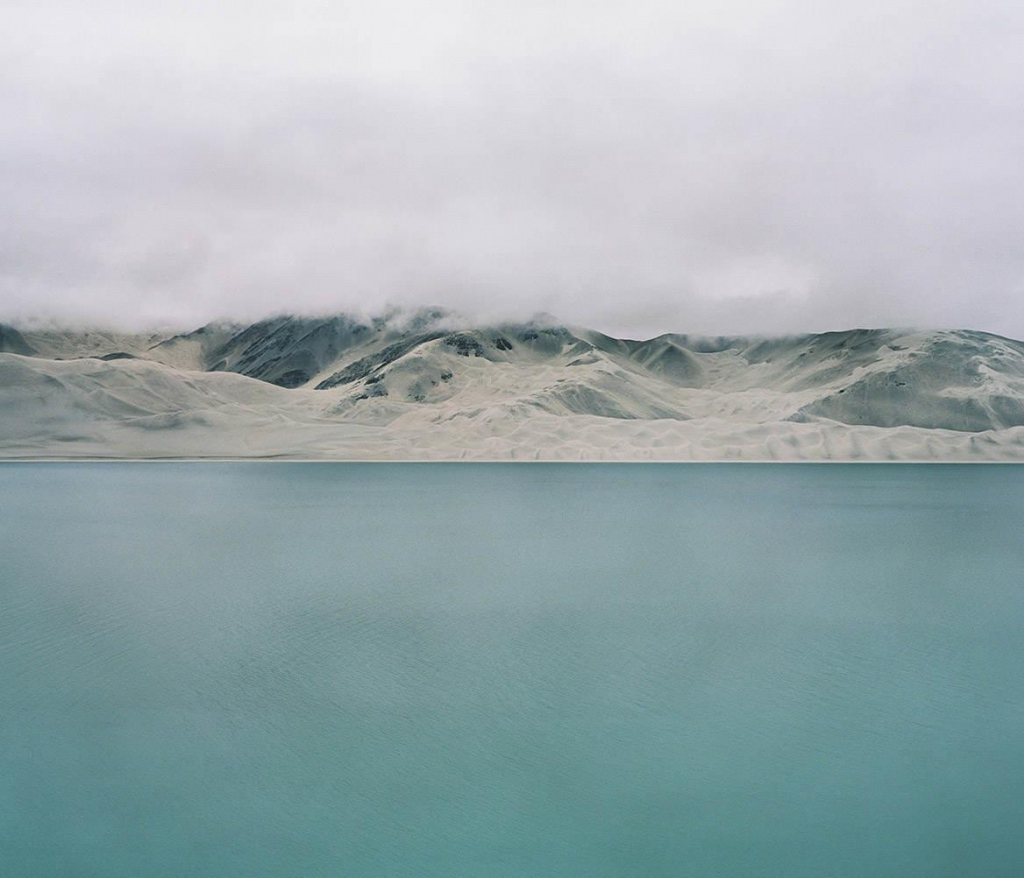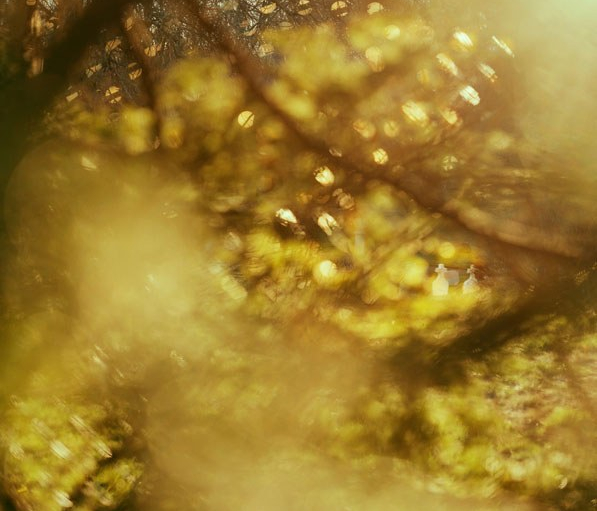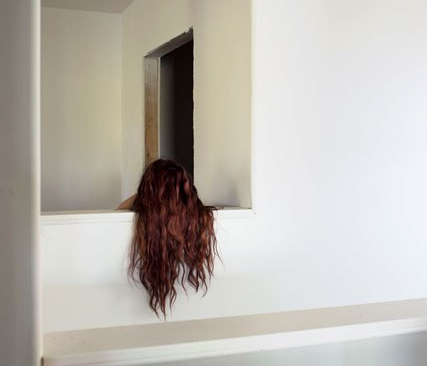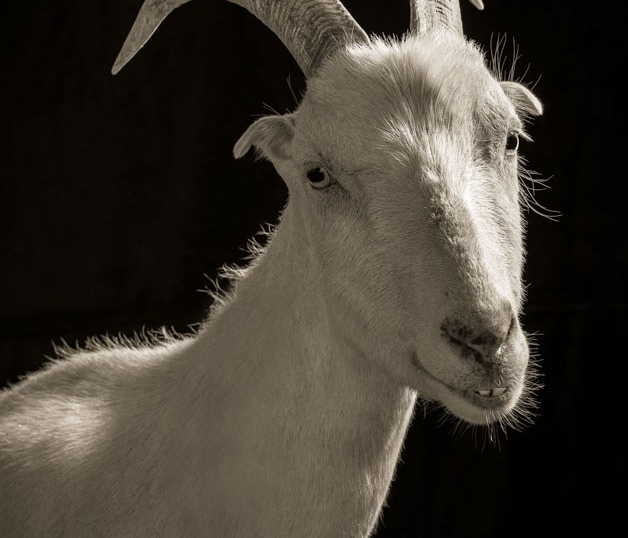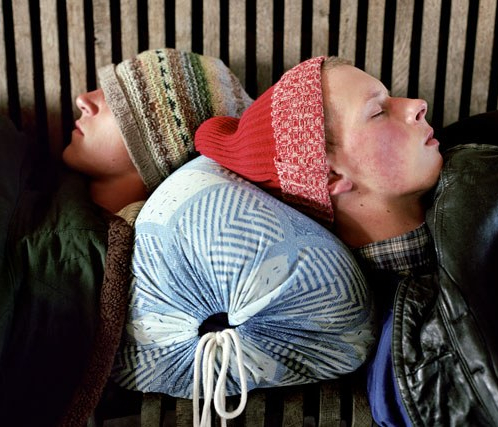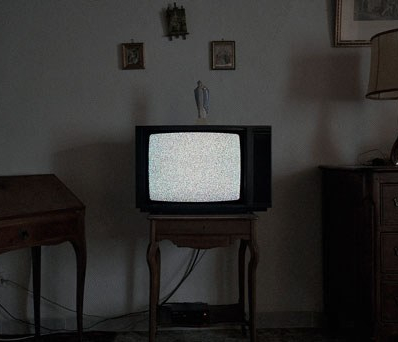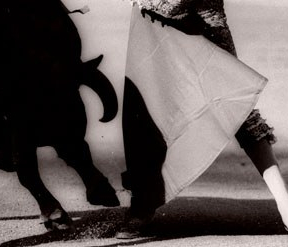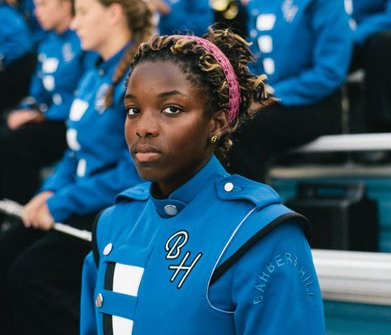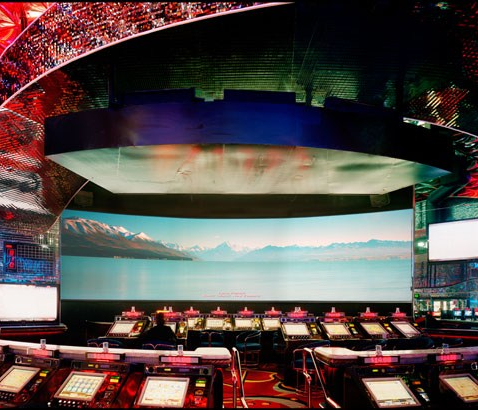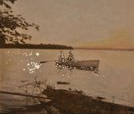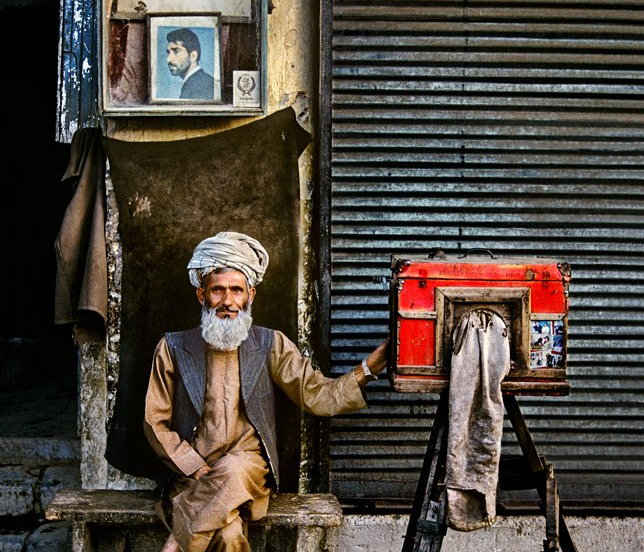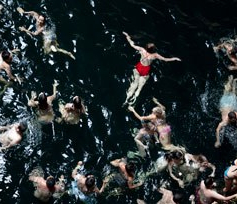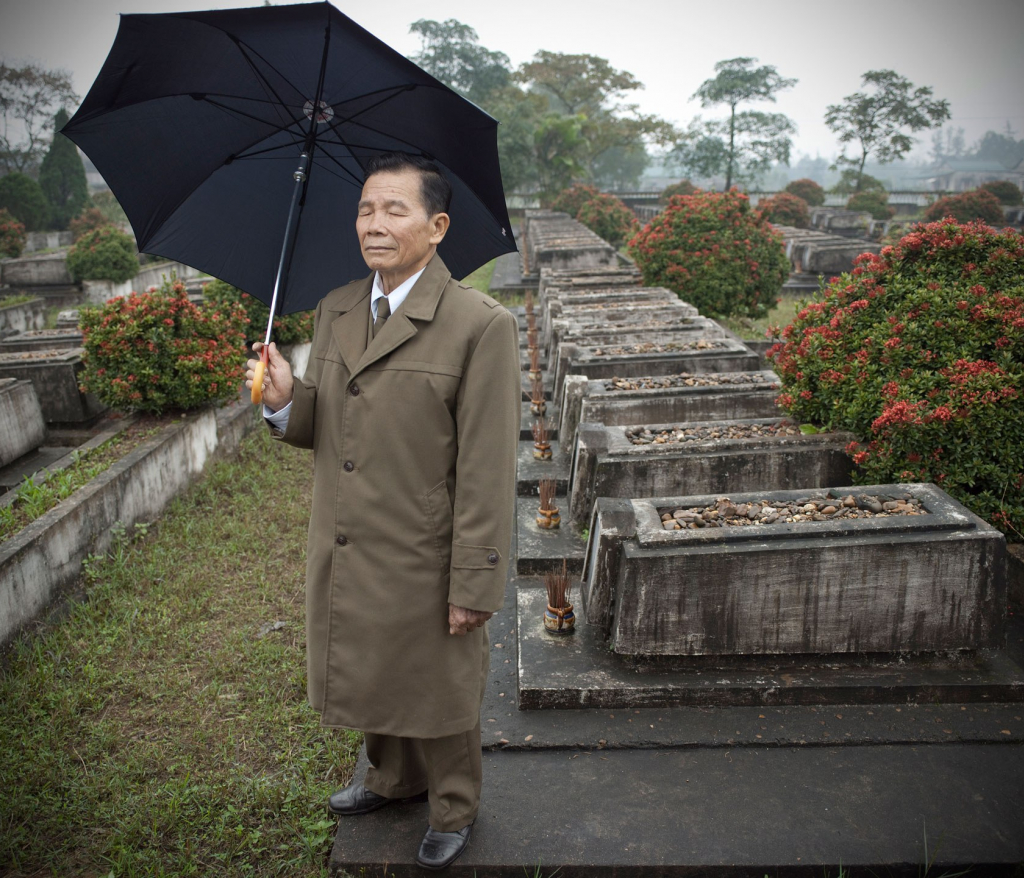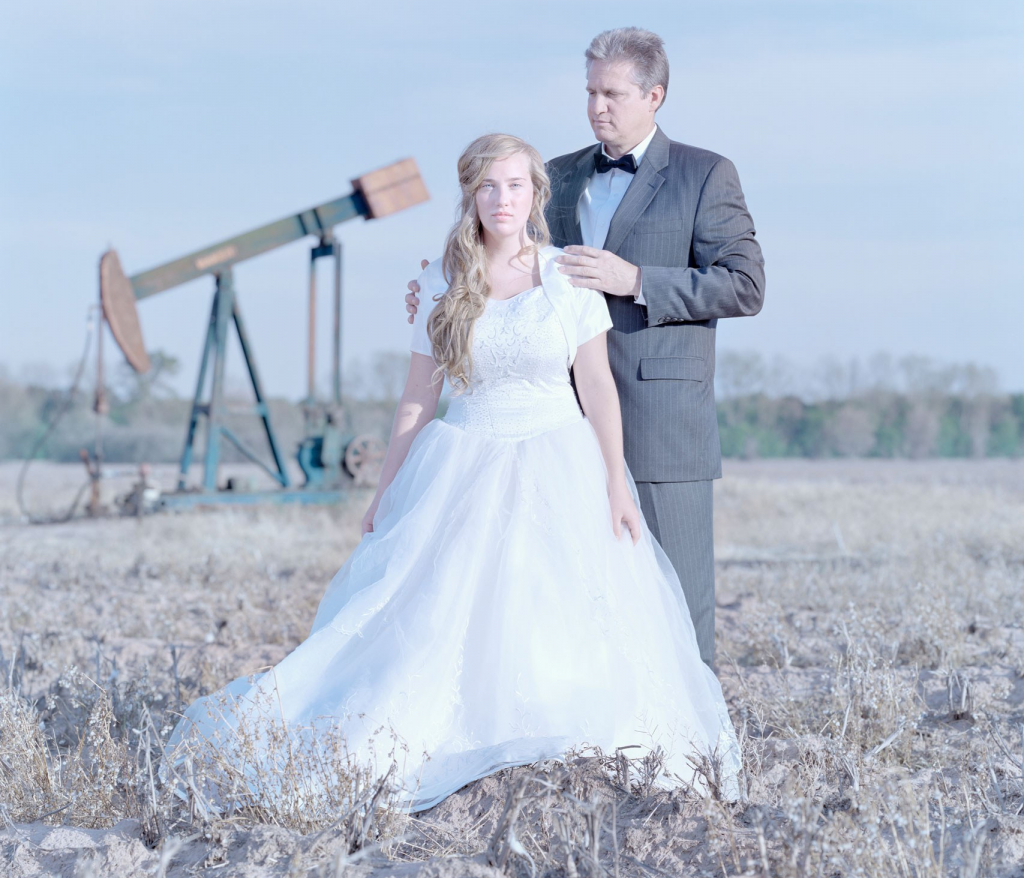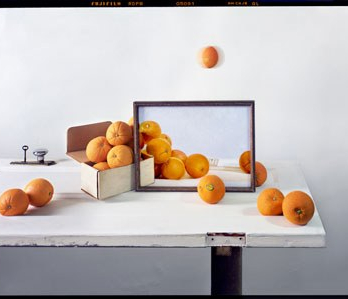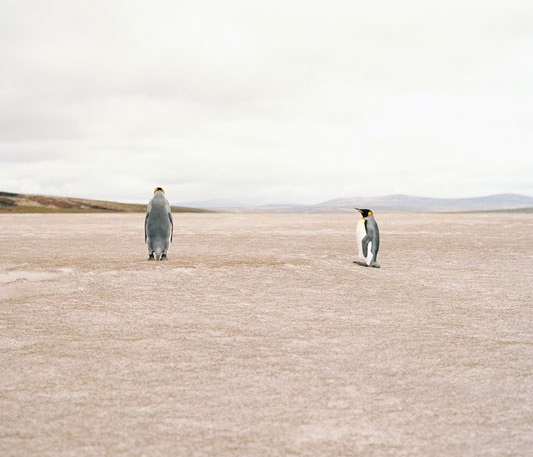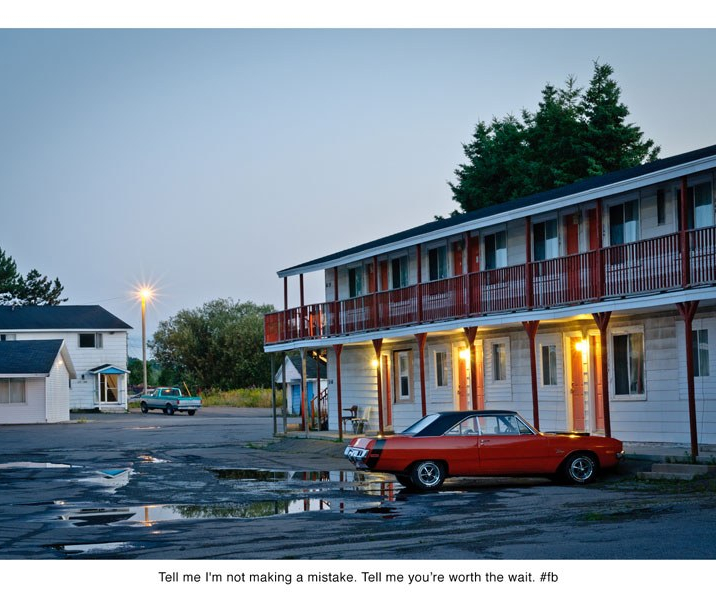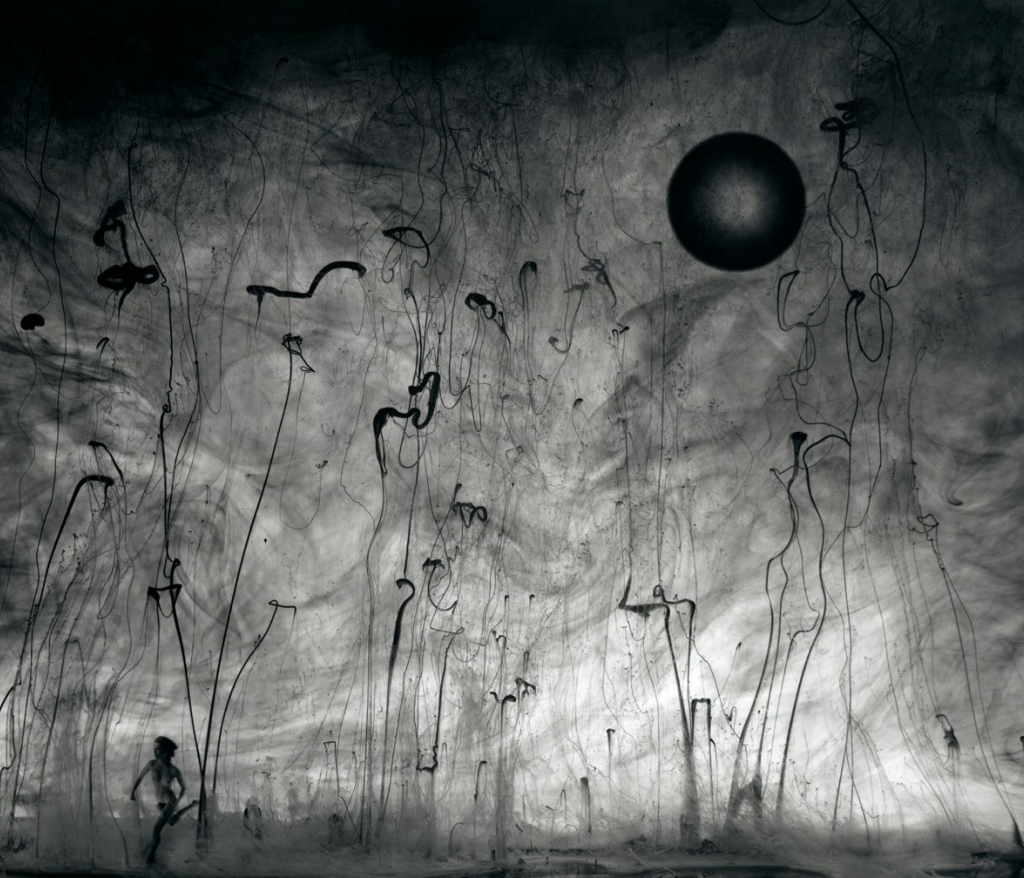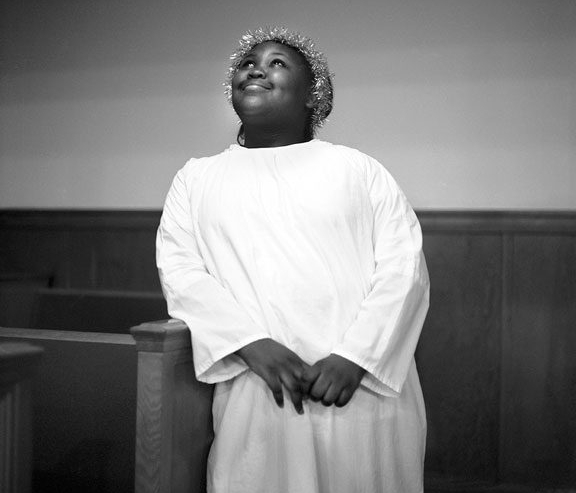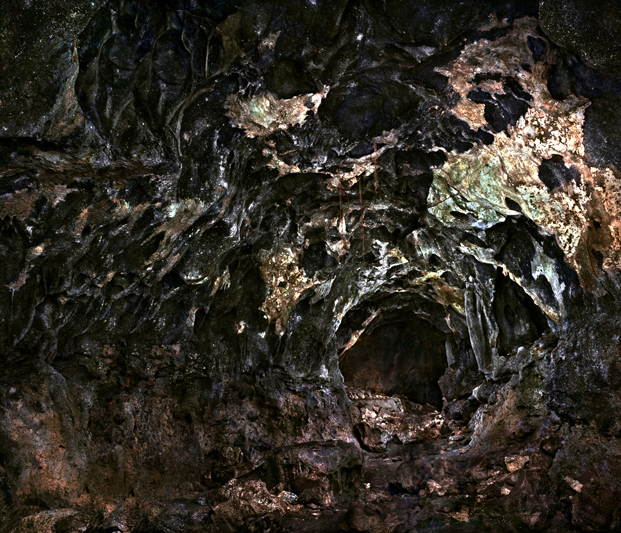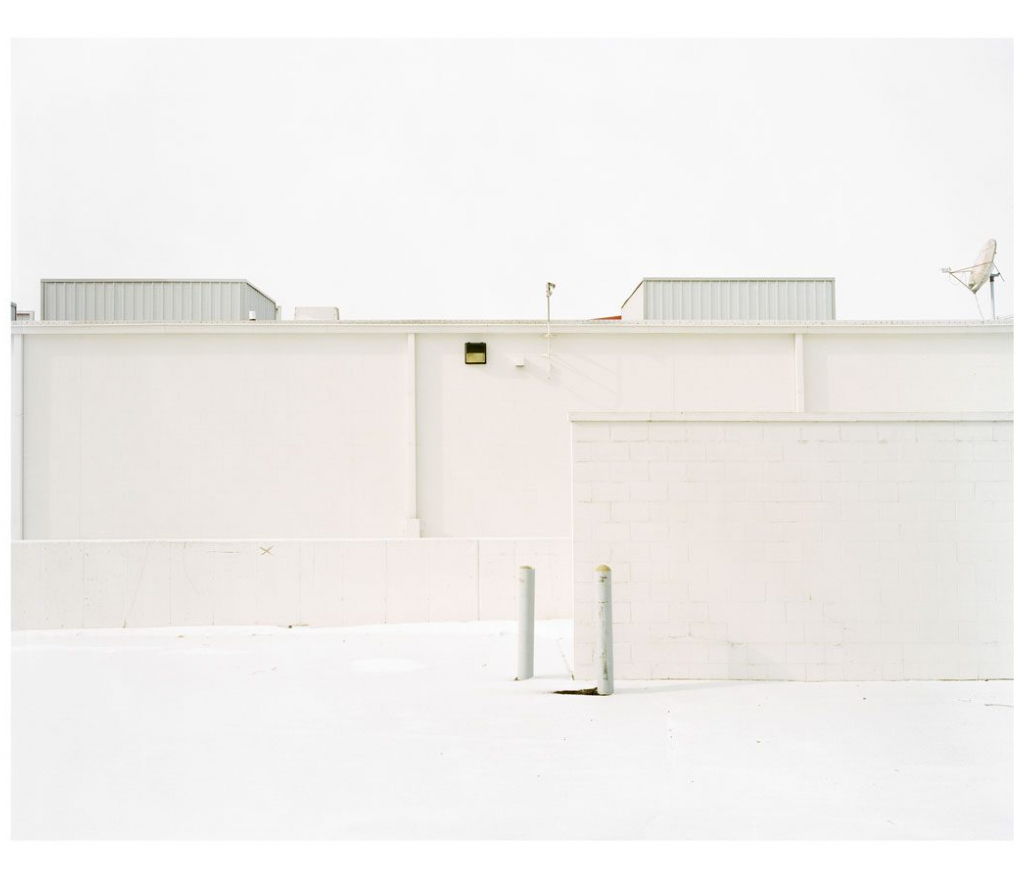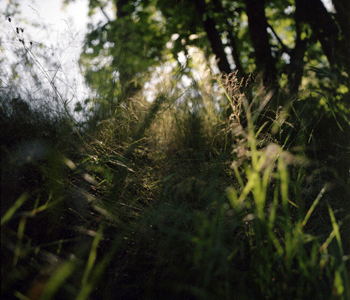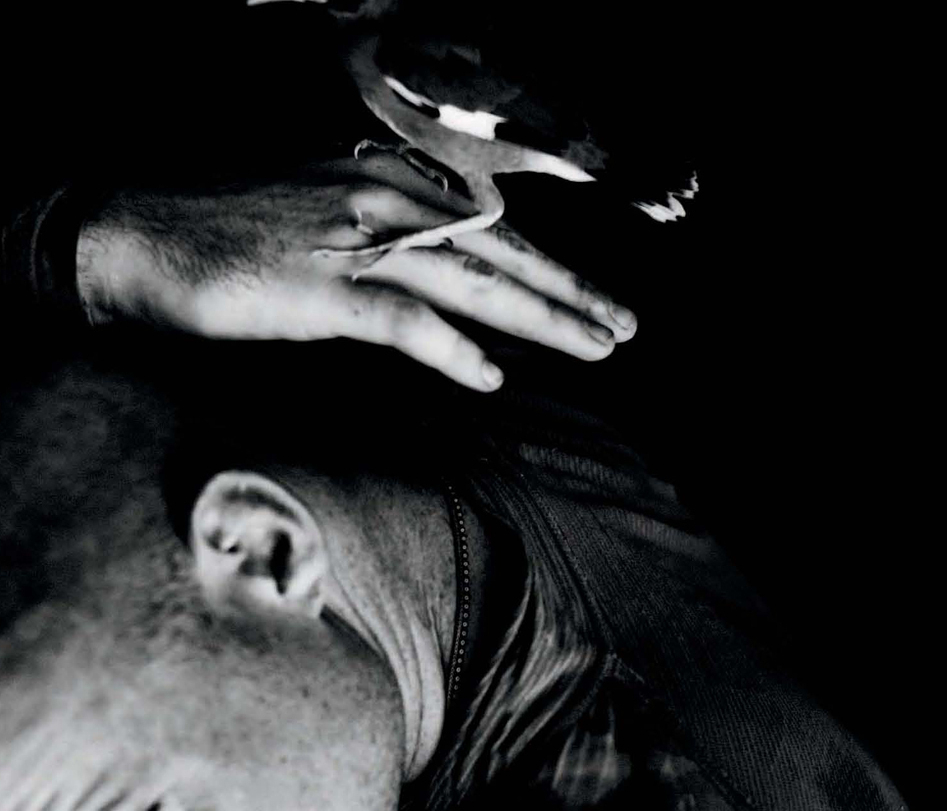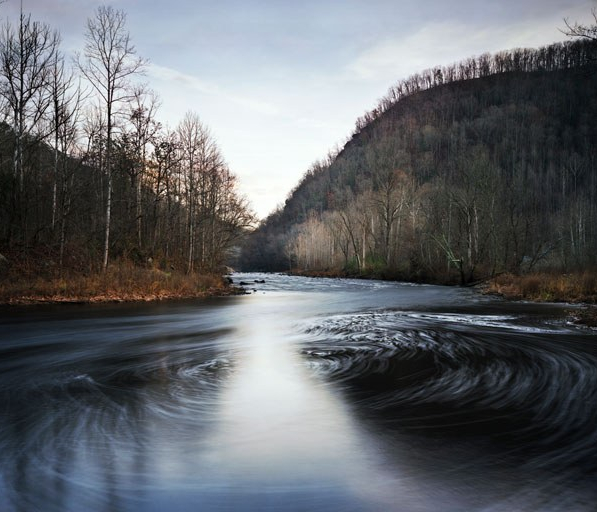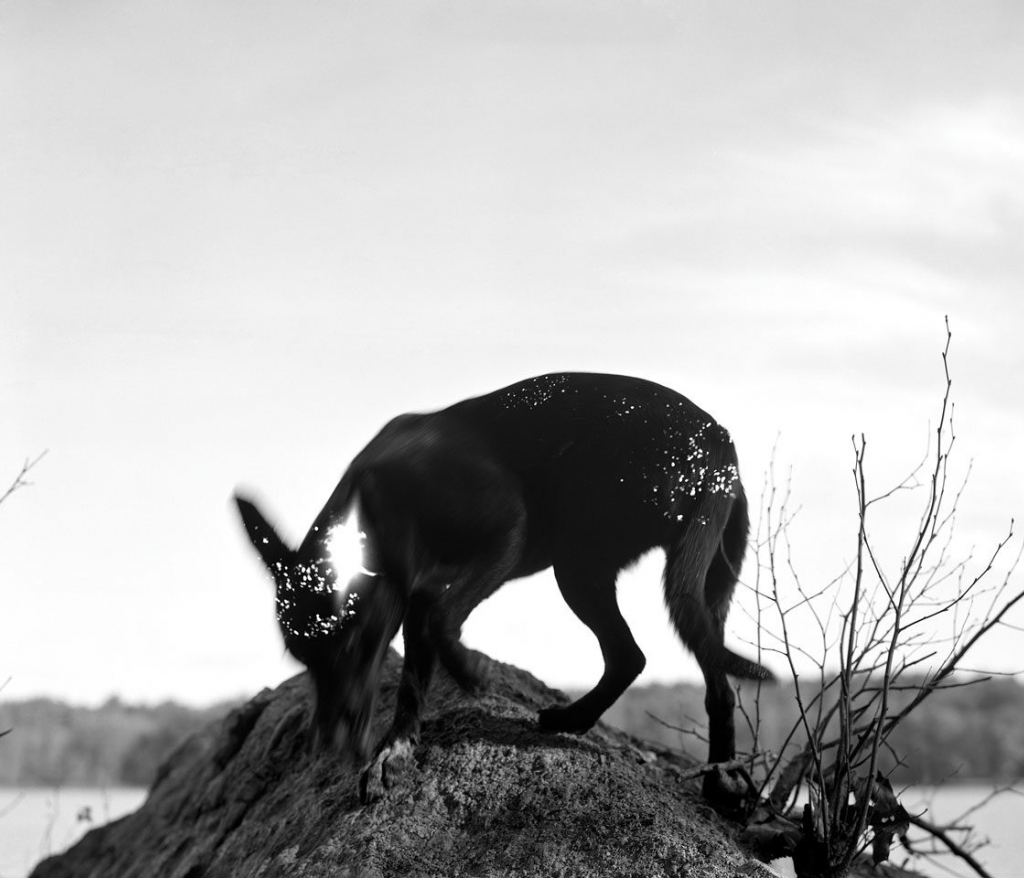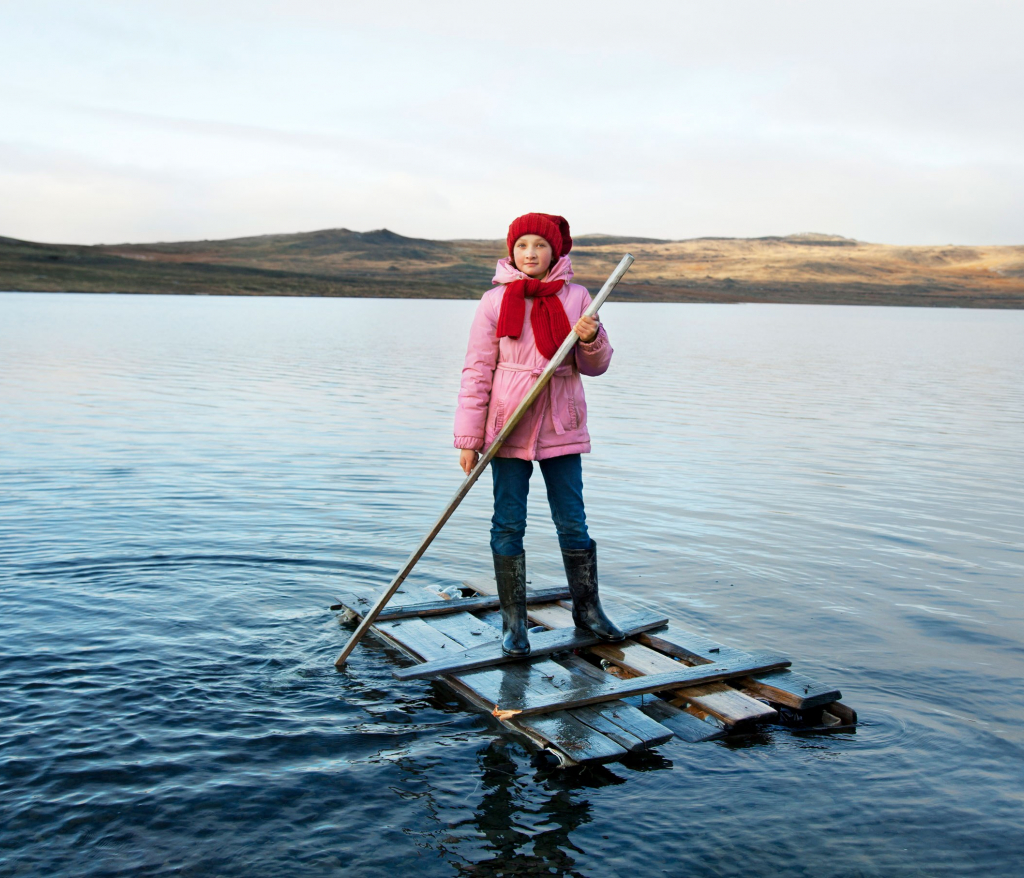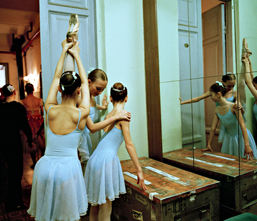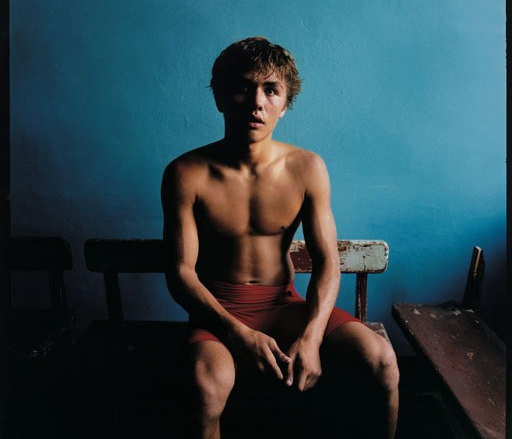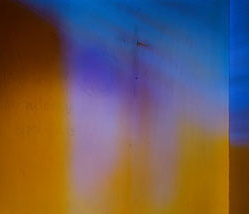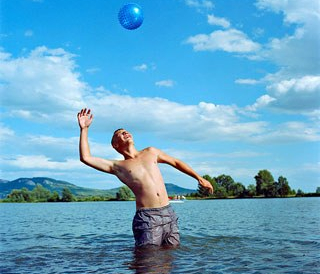Groups Collective: Bloomington, Indiana
Roman Franc & Jon Tonks
Dates + Events
6th Annual Fourth and Rogers Block Party!
Friday, June 6 | 5:00pm - 9:00pm
Gallery Walk Opening Reception: Groups Collective, Bloomington IN
Friday, June 6 | 5:00pm - 9:00pm
Groups Collective: Bloomington, Indiana
Roman Franc & Jon Tonks
What happens when people come together for a group portrait? Individuals form into a clump or a line; they hold still, look into the eye of the lens, and then break formation. When people consciously gather, stop, and take stock of their togetherness, the act of making a photograph marks and magnifies the group’s significance.
Jon Tonks and Roman Franc have been carting a large format camera all over Bloomington to make group portraits. Cumbersome and slow, the camera yields only a few frames at a time, and single sheets of film must be developed by hand. Yet the care taken to plan and produce each image lends gravity to the act of making a portrait. It’s very different from a finger on an iphone, and everyone involved feels the difference.
In this project, the formality of the process is tempered by a sense of humor. People in the pictures are straight-faced by instruction but are meanwhile engaged in small outrageous acts, like wearing their skates on their hands, or cramming eighteen people together into a canoe. Humor is a distinctive part of the work, but it’s not at the expense of the subjects. Instead, it’s harnessed to build subtle vulnerability between the people in the portraits and those viewing them. People let their guard down, just a little bit, to be playful. That’s disarming, and it helps cut through dividing lines. The humor is collective; if there’s a joke, everyone in the picture is in on it, and the viewer can be too.
Anyone from Bloomington will have groups come to mind that are not on the walls. The project could go on for years and still not be exhaustive. But what’s here reminds us that a town is made of many parts, and these are pieces of a larger whole.The photographers are not from Bloomington, and they bring an alternate perspective from outside of town. Why might we want to look at that? It can be a constructive and rewarding exercise to view something you know well, through a different set of eyes. As non-American artists, Tonks and Franc did not set out to make a definitive portrait of Bloomington, but rather to reflect back their delight in the town and its people.
- Mia + Lisa
Roman Franc (*1983) embarked on his career as a photographer at a time when the world, rocked by social-political and technological change, was looking for some level of certainty. The context of this reality, where the urgent need for change straddled the gap between what was coming to an end and the new forms of the future, enable us to read the recent history of most fields of human activity. Roman Franc came out of the tradition of Brno photography, which has never been too eager to follow trends, and shows the world that working with tradition can be as interesting and rewarding as trying to deny it. Although Franc’s work has long since gone beyond the habits of his early years, he still believes that photography takes on a deeper meaning only through practice, when the photographer keeps improving his skills.
For much of its history, photography has been regarded as a mirror of the outside world. This idea, however, has a weak point – it seeks reality while neglecting the obvious fact that photography not only reflects the world, but is also part of it, giving it the potential to shape it. Group photographs taken by Roman Franc are remarkable in that they reflect this elementary dialectic. One could even say that the dialectic directly influences them. In this respect, the artist’s photography reminds us of the times when photographers used to travel to their customers and when the pressing of the shutter was the culmination of an event preceded by a series of small private rituals that enabled everyone involved to realize who they were and where they belonged. In the era of digital technology and social media, we miss this desirable and deeply human moment. In a way, this can be seen in the growing interest in Franc’s photographs, which are primarily an opportunity to affirm the common identity of those gathered in front of the lens, and in his prints in galleries intended for people from the outside.
Jon Tonks (*1981) is a British photographer best known for his compelling visual storytelling of remote, overlooked communities. Jon’s career took a defining turn during a trip to Ascension Island, which led to his acclaimed book Empire, an exploration of life on four British Overseas Territories in the South Atlantic, a project that cemented his reputation as a photographer capturing the impact of history and geography on human lives. The book, praised by Martin Parr as one of the best of the year, earned him the Vic Odden Award from the Royal Photographic Society in 2014.
Originally from the West Midlands, Jon studied design before transitioning to photography, first as a newspaper photographer and later pursuing a Master’s in Photojournalism at the London College of Communication. His work has been featured in leading publications like The New York Times, Le Monde, National Geographic (CN), The Guardian and The Sunday Times Magazine.
Jon has been shortlisted for the Taylor Wessing National Portrait Prize and the Terry O’Neill Award multiple times. His photography is held in prestigious collections, including those of Stanford University, California, the Martin Parr Foundation (UK) and the Houston Museum of Fine Arts, Texas.
Groups Collective: Bloomington, Indiana
Roman Franc & Jon Tonks
What happens when people come together for a group portrait? Individuals form into a clump or a line; they hold still, look into the eye of the lens, and then break formation. When people consciously gather, stop, and take stock of their togetherness, the act of making a photograph marks and magnifies the group’s significance.
Jon Tonks and Roman Franc have been carting a large format camera all over Bloomington to make group portraits. Cumbersome and slow, the camera yields only a few frames at a time, and single sheets of film must be developed by hand. Yet the care taken to plan and produce each image lends gravity to the act of making a portrait. It’s very different from a finger on an iphone, and everyone involved feels the difference.
In this project, the formality of the process is tempered by a sense of humor. People in the pictures are straight-faced by instruction but are meanwhile engaged in small outrageous acts, like wearing their skates on their hands, or cramming eighteen people together into a canoe. Humor is a distinctive part of the work, but it’s not at the expense of the subjects. Instead, it’s harnessed to build subtle vulnerability between the people in the portraits and those viewing them. People let their guard down, just a little bit, to be playful. That’s disarming, and it helps cut through dividing lines. The humor is collective; if there’s a joke, everyone in the picture is in on it, and the viewer can be too.
Anyone from Bloomington will have groups come to mind that are not on the walls. The project could go on for years and still not be exhaustive. But what’s here reminds us that a town is made of many parts, and these are pieces of a larger whole.The photographers are not from Bloomington, and they bring an alternate perspective from outside of town. Why might we want to look at that? It can be a constructive and rewarding exercise to view something you know well, through a different set of eyes. As non-American artists, Tonks and Franc did not set out to make a definitive portrait of Bloomington, but rather to reflect back their delight in the town and its people.
- Mia + Lisa
Roman Franc (*1983) embarked on his career as a photographer at a time when the world, rocked by social-political and technological change, was looking for some level of certainty. The context of this reality, where the urgent need for change straddled the gap between what was coming to an end and the new forms of the future, enable us to read the recent history of most fields of human activity. Roman Franc came out of the tradition of Brno photography, which has never been too eager to follow trends, and shows the world that working with tradition can be as interesting and rewarding as trying to deny it. Although Franc’s work has long since gone beyond the habits of his early years, he still believes that photography takes on a deeper meaning only through practice, when the photographer keeps improving his skills.
For much of its history, photography has been regarded as a mirror of the outside world. This idea, however, has a weak point – it seeks reality while neglecting the obvious fact that photography not only reflects the world, but is also part of it, giving it the potential to shape it. Group photographs taken by Roman Franc are remarkable in that they reflect this elementary dialectic. One could even say that the dialectic directly influences them. In this respect, the artist’s photography reminds us of the times when photographers used to travel to their customers and when the pressing of the shutter was the culmination of an event preceded by a series of small private rituals that enabled everyone involved to realize who they were and where they belonged. In the era of digital technology and social media, we miss this desirable and deeply human moment. In a way, this can be seen in the growing interest in Franc’s photographs, which are primarily an opportunity to affirm the common identity of those gathered in front of the lens, and in his prints in galleries intended for people from the outside.
Jon Tonks (*1981) is a British photographer best known for his compelling visual storytelling of remote, overlooked communities. Jon’s career took a defining turn during a trip to Ascension Island, which led to his acclaimed book Empire, an exploration of life on four British Overseas Territories in the South Atlantic, a project that cemented his reputation as a photographer capturing the impact of history and geography on human lives. The book, praised by Martin Parr as one of the best of the year, earned him the Vic Odden Award from the Royal Photographic Society in 2014.
Originally from the West Midlands, Jon studied design before transitioning to photography, first as a newspaper photographer and later pursuing a Master’s in Photojournalism at the London College of Communication. His work has been featured in leading publications like The New York Times, Le Monde, National Geographic (CN), The Guardian and The Sunday Times Magazine.
Jon has been shortlisted for the Taylor Wessing National Portrait Prize and the Terry O’Neill Award multiple times. His photography is held in prestigious collections, including those of Stanford University, California, the Martin Parr Foundation (UK) and the Houston Museum of Fine Arts, Texas.
Dates + Events
6th Annual Fourth and Rogers Block Party!
Friday, June 6 | 5:00pm - 9:00pm
Gallery Walk Opening Reception: Groups Collective, Bloomington IN
Friday, June 6 | 5:00pm - 9:00pm



